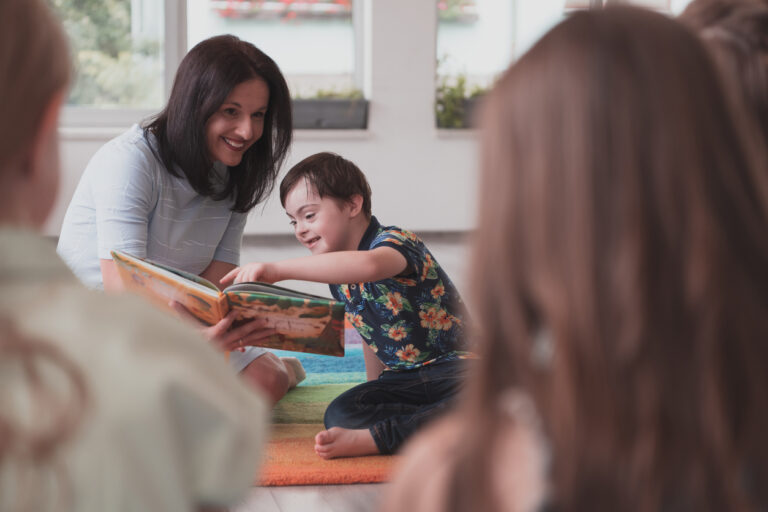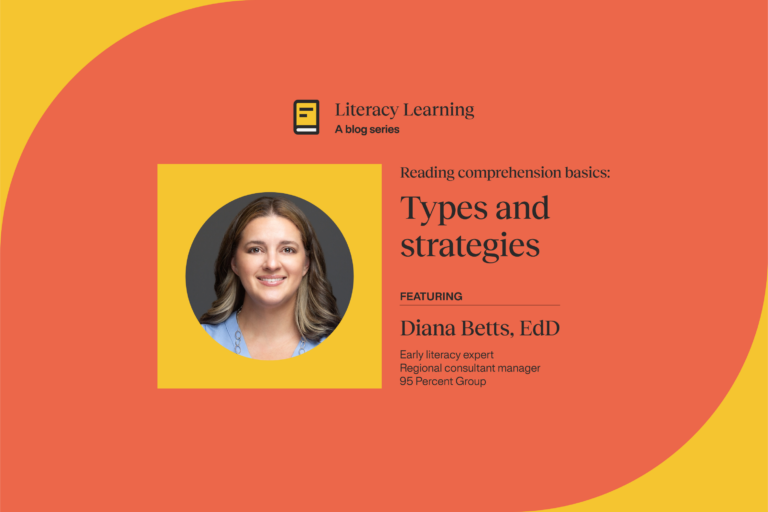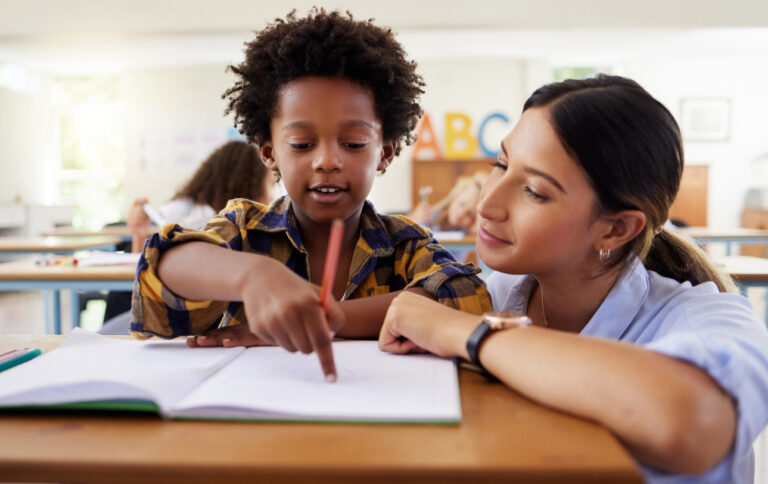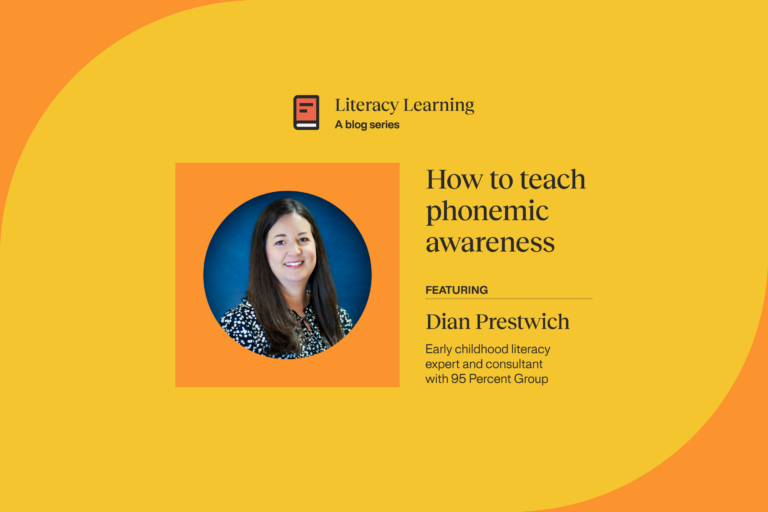Sound Walls: A tool for students to use when problem solving

One of the biggest shifts in implementing reading science in classrooms today is the use of sound walls. This term is becoming more and more common, and we are seeing sound walls in general education classrooms across the country.
I was visiting a classroom that had been working with sound walls for several months and the teacher told me about a conversation she overheard between two students. Student #1 was trying to write the word good but wrote god. The student across from him said, “That can’t be the right way to spell good.” Student #2 was accurate that it was not correct, but how did he know that?
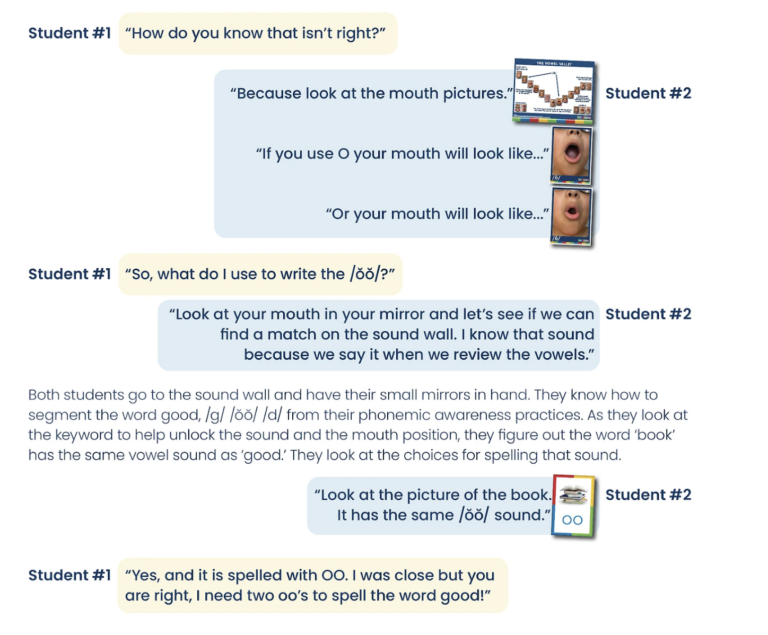
I love this little vignette because the students have the resources to problem solve on their own. The teacher has been working with the students to notice the sounds and how the mouth looks and feels when producing a sound. Teaching the graphemes that represent the sounds is part of good phonics instruction and the print is introduced according to the scope and sequence of the phonics curriculum. If we don’t teach the print along with the sounds, it isn’t reading! Don’t confuse sounds and print. This is a new layer of instruction that most of us were not taught in our Elementary Education preservice programs. Children come to school speaking with all the sounds in our language. In general, our students come to school with a spoken vocabulary of approximately 4000+ words. As young children they learn to speak naturally. Reading is a process that requires knowing the sounds and the print. A sound wall is a pathway to make sense of how print represents those sounds.
Interested in classroom materials for your sound wall? Take a look!
